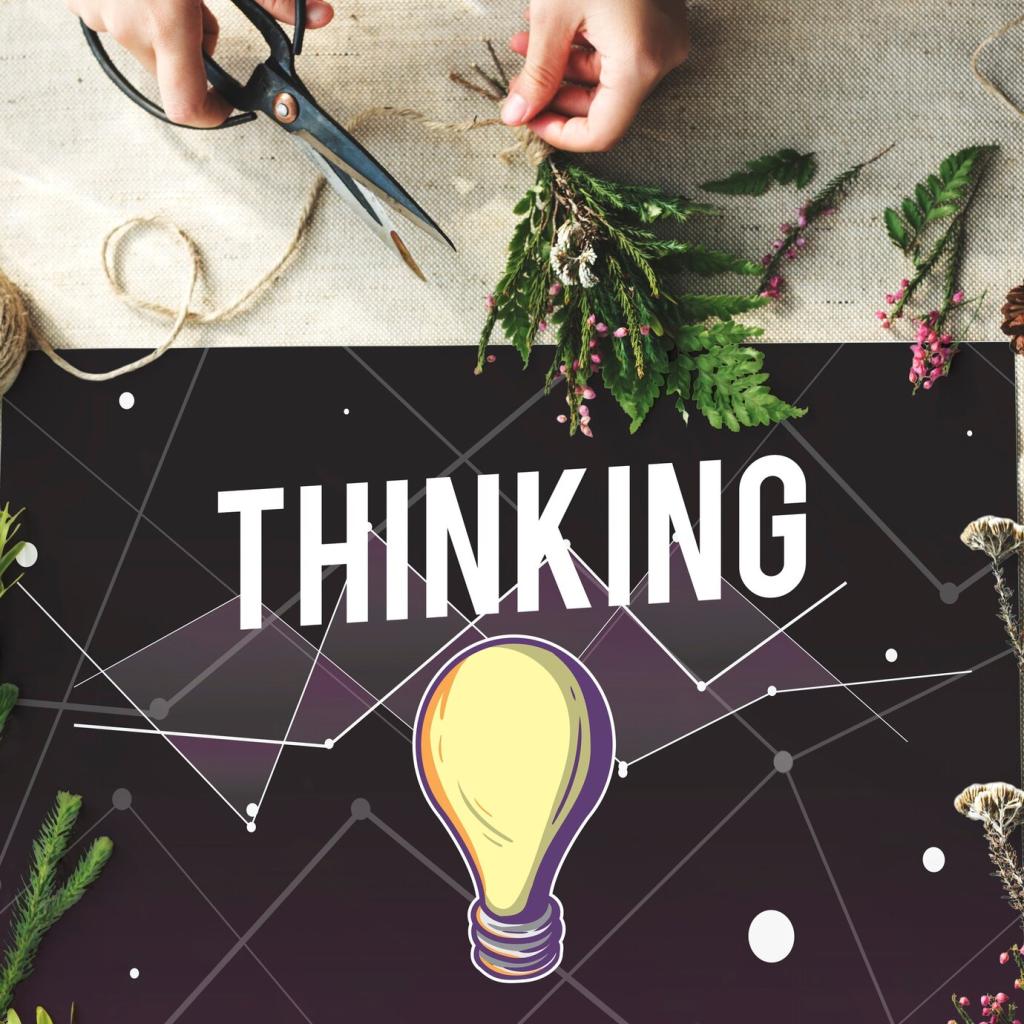AI as a Co‑creator, Not a Dictator
Ask AI to reframe problems from multiple stakeholder perspectives, invert constraints, and propose extreme or whimsical solutions. Then request variations by industry, channel, or budget. This multiplies raw material without locking you into a prefabricated answer or shallow novelty.
AI as a Co‑creator, Not a Dictator
Score ideas on desirability, feasibility, and differentiation. Cross-check against strategy, ethics, and brand voice before advancing. Invite the team to annotate AI outputs, highlighting what resonates and what feels off. The critique process is where originality strengthens.







